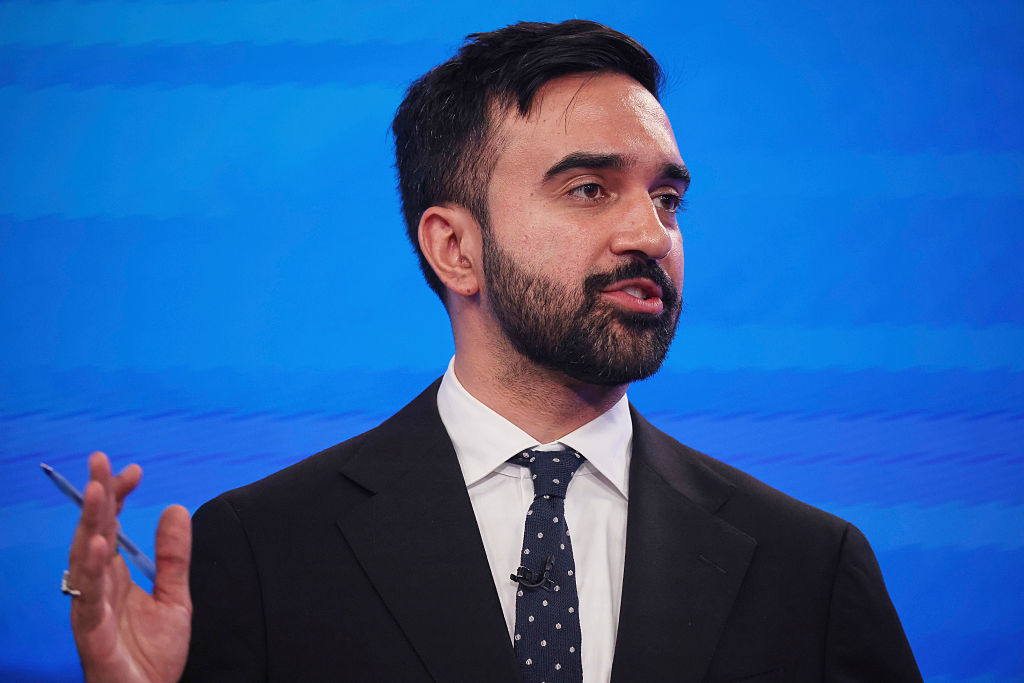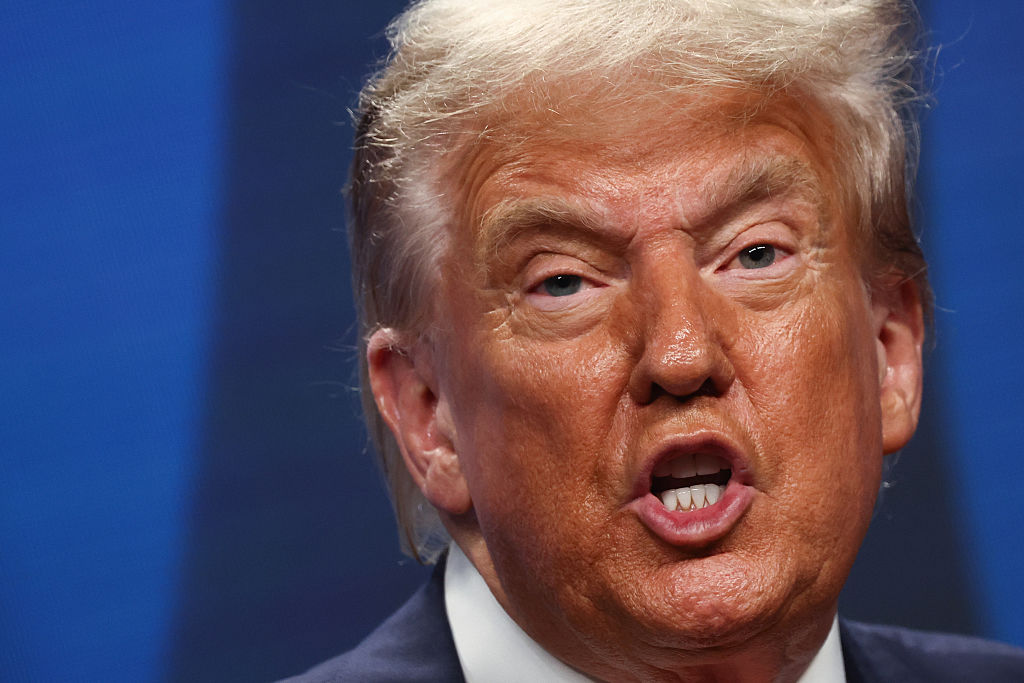Obama Wants To Bailout Homeowners
President-elect Barack Obama signaled a clear desire Wednesday to use a significant portion of $700 billion in financial bailout funds to stanch foreclosures by helping struggling homeowners with their mortgages.
“The deteriorating assets in the financial markets are rooted in the deterioration of people being able to pay their mortgages and stay in their homes,” he said.
Obama’s stance represents a policy clash with Treasury Secretary Henry Paulson, who has resisted proposals to use the rescue fund to help guarantee reworked mortgages.
In a sharper confrontation with the Bush administration, House Republicans on Wednesday warned Paulson and Federal Reserve Chairman Ben Bernanke that without greater accountability Congress will be in no mood to release to the Treasury the second half of the $700 billion.
“The government has burned through nearly $350 billion of (bailout) funds and is pledging trillions of dollars more through other programs, yet little is understood about how these investments are contributing to the nation’s economic recovery,” 12 House Republicans, led by Minority Leader John Boehner, wrote to Paulson and Bernanke.
Obama’s insistence that reducing foreclosures is a key component of the rescue fund came during a Chicago news conference to introduce New Mexico Gov. Bill Richardson as his commerce secretary nominee.
“We’ve got to start helping homeowners, in a serious way, prevent foreclosures,” he said.
On Monday, Paulson said the administration was seeking to halt the record breaking number of foreclosures. But he did not drop his opposition to using the rescue fund for a program being pushed by Federal Deposit Insurance Corp. Chairman Sheila Bair. The FDIC plan would use the rescue fund to help back refinanced mortgages that would lower monthly payments.
Key congressional Democrats have also demanded that the financial rescue money be used to help homeowners. The program, known as the Troubled Asset Relief Program or TARP, has been in place since Oct. 3.
Obama’s comments and the letter from House Republicans came a day after the Government Accountability Office, in the first comprehensive review of the rescue package, concluded that the Treasury Department has no mechanisms to ensure that banking institutions limit their top executives’ pay and comply with other restrictions.
The auditors acknowledged that the program, created Oct. 3 to help stabilize a rapidly faltering banking system, was less than 60 days old and has been adjusting to an evolving mission.
But auditors recommended that Treasury work with government bank regulators to determine whether the activities of financial institutions that receive the money are meeting restrictions on executive pay, dividend payments and repurchasing of shares.
In a response to the GAO, Neel Kashkari, who heads the department’s Office of Financial Stability, said the agency was developing its own compliance program and indicated that it disagreed with the need to work with regulators.
So far, the government has pledged to pour $250 billion into banks in return for partial ownership. It also has agreed to provide $40 billion to troubled insurer American International Group. In addition, $20 billion of the money was invested in Citigroup and another $20 billion went to the Federal Reserve to help ease credit stresses.
Lawmakers quickly pounced on the findings.
“The seemingly ad hoc implementation of TARP has led many to wonder if uncertainty is being added to markets at precisely the time when they are desperately seeking a sense of direction,” the GOP letter said.
The lawmakers asked for an explanation of the government’s exit strategy from the “sweeping involvement in private business.” They also demanded that Paulson and Bernanke explain what they intend to do with the second $350 billion “for maximizing its effectiveness,” and pressed them for more information about government loans, the risks associated with the loans and expectations for repayment.
House Financial Services Committee chairman Barney Frank said Treasury’s response comes “very close to telling the institutions that they will be free to use the funds as they wish.”
“The bad news was confirmation by the GAO in its first report about the program that Treasury has no way to measure whether taxpayer funds invested in banks are being used in accordance with the purpose of the law to increase lending,” Frank said. “The much worse news is Treasury’s response that it does not even have the intention of doing so.”















